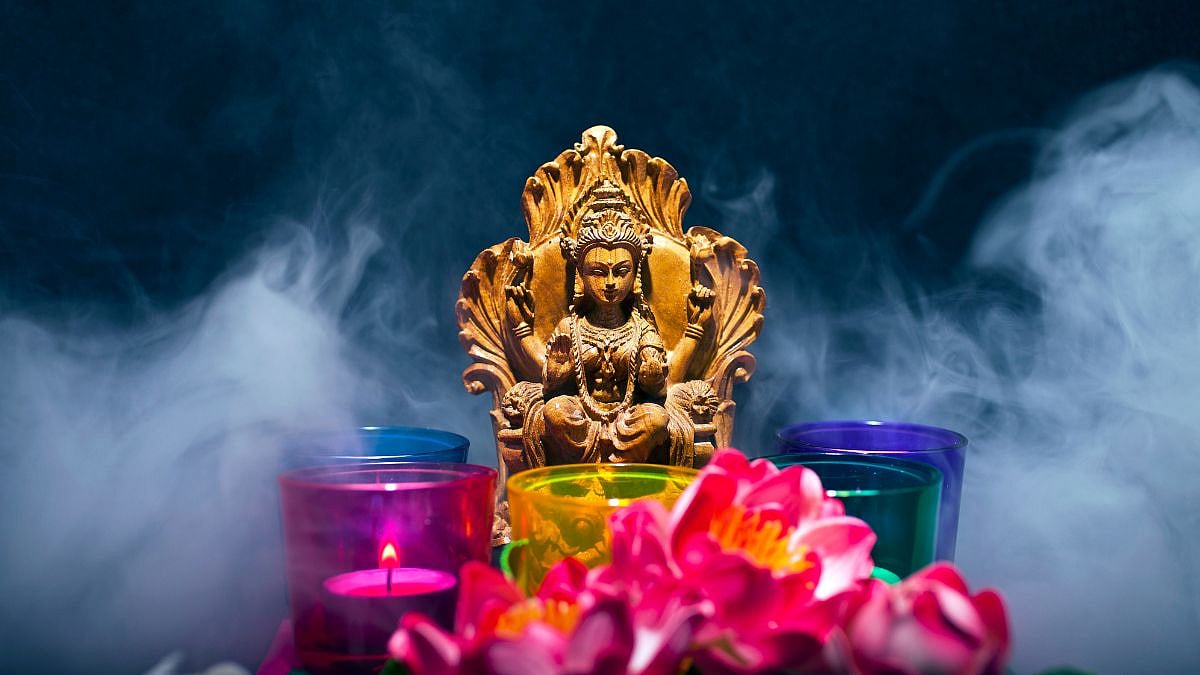Chaitra Navratri is a revered Hindu festival that signifies the victory of good over evil while honouring Goddess Durga and her nine divine forms. Observed with great devotion, this nine-day festival is marked by rituals, fasting, prayers, and celebrations, symbolising spiritual growth and divine blessings. The first day of Chaitra Navratri is particularly special, as it is dedicated to Maa Shailputri, the first form of Goddess Durga.
Chaitra Navratri 2025 dates and muhurat
Chaitra Navratri in 2025 began on March 30 and will conclude on April 7. The festival begins with Ghatasthapana, also known as Kalash Sthapana, an important ritual that marks the invocation of the Goddess’s presence. Below are the shubh muhurat, as per Drik Panchang:
Muhurat Timing: 6:13 AM to 10:22 AM (Duration: 4 hours, 8 minutes)
Abhijit Muhurat: 12:01 PM to 12:50 PM (Duration: 50 minutes)
Performing Ghatasthapana at the right muhurat is believed to bring prosperity, positivity, and divine blessings into one’s home.
Chaitra Navratri Day 1: Maa Shailputri
The first day of Chaitra Navratri is dedicated to Maa Shailputri, the daughter of the Himalayas and the embodiment of purity and strength. Her name comes from the Sanskrit words ‘Shail’ (mountain) and ‘Putri’ (daughter), symbolising her divine connection to nature and resilience.
Maa Shailputri is depicted riding a bull named Nandi, holding a trident (trishul) in her right hand and a lotus flower in her left hand. Devotees worship her to seek blessings for a strong foundation in life, good health, and spiritual enlightenment.
Chaitra Navratri Day 1: Maa Shailputri Puja Vidhi
To worship Maa Shailputri and receive her divine grace, devotees follow a sacred puja vidhi on this day:
Early morning rituals: Begin the day with a holy bath and wear clean, fresh clothes.
Kalash sthapana: Set up a Kalash filled with water, mango leaves, and a coconut, symbolising the presence of Goddess Durga.
Offer flowers and prayers: Offer red and yellow flowers, incense sticks, and diyas while chanting the mantra “Om Devi Shailaputryai Namah.”
Fasting: Many devotees observe a fast, consuming only fruits and milk while avoiding grains and pulses.
Bhog offering: Devotees prepare and offer kheer or pure ghee as prasad, believed to bring prosperity and divine blessings.
Evening aarti: Conclude the day with an evening aarti, singing devotional hymns dedicated to Maa Shailputri.
Chaitra Navratri Day 1 Colour: Orange
Each day of Navratri is associated with a specific colour that holds spiritual significance. Orange is the colour for Day 1, symbolising enthusiasm, energy, and positivity. Wearing orange on this day is believed to enhance confidence and attract positive vibrations.
